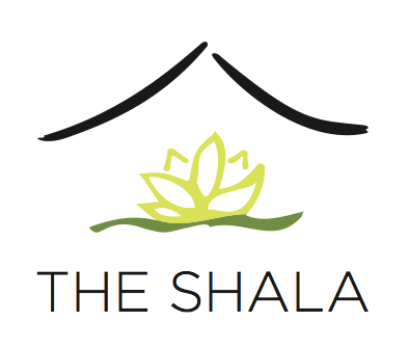Photo by Carmon Rinehart Photography. Copyright 2014, all rights reserved.
About Ashtanga Yoga
Ashtanga yoga is a method of yoga taught by the late Sri K. Pattabhi Jois in Mysore, India. Also known as Guruji, Pattahbi Jois brought the Ashtanga Yoga method to westerners in the early 1970s. Since then, the practice of Ashtanga Yoga, while still sparse in the United States compared to other methods (Vinyasa/Flow, Power, and Hot Yoga), has continued to gain popularity for it’s strong mental, spiritual, and physical benefits.
This form of yoga involves synchronizing the breath with a set series of postures in a vinyasa (“flow”) style. Through breath and vinyasa, internal heat is produced, leading to cleansing, improved circulation, and allowing the body to become healthy, light, and strong. In the Ashtanga Yoga method, each posture in each series is a preparation for the next posture, which helps the yoga student develop strength, flexibility, and balance of both the body and mind.
The Ashtanga Yoga method is comprised of 6 challenging series of postures using a vinyasa method that can take a lifetime or more to learn. Every student starts by learning the first series and advances to each following series when ready as determined by his teacher. Through this method of yoga, you will feel and see progress in the practice, and as a result you will gain a greater understanding of the eight limbs of yoga.
External heat is not used in the Ashtanga method, as you learn to generate your own heat and sweat during the challenging practice. The practice is more structured, and as a result it demands discipline and patience. Though certainly not required, as you begin to discover the benefits, progress, and rewards the Ashtanga method provides, you may come to focus on the Ashtanga method as your sole method of practice. The practice will help you develop physical and mental/spiritual progress that is measurable and inevitable.
While led classes for beginners are essential in the United States, Ashtanga is often taught in the traditional “Mysore” style: students arrive at the “shala (home/studio)” between a given time and begin their practices (Ashtanga 1st, 2nd, 3rd series etc.) on their own, while the teacher walks around the room and provides individual instruction and adjustments. The students do not rely on the teacher to lead them through this class. This creates a very intimate and personal relationship between the student and teacher; the teacher comes to know your practice, and you the student come to know and trust your teacher to help you move your practice forward.

